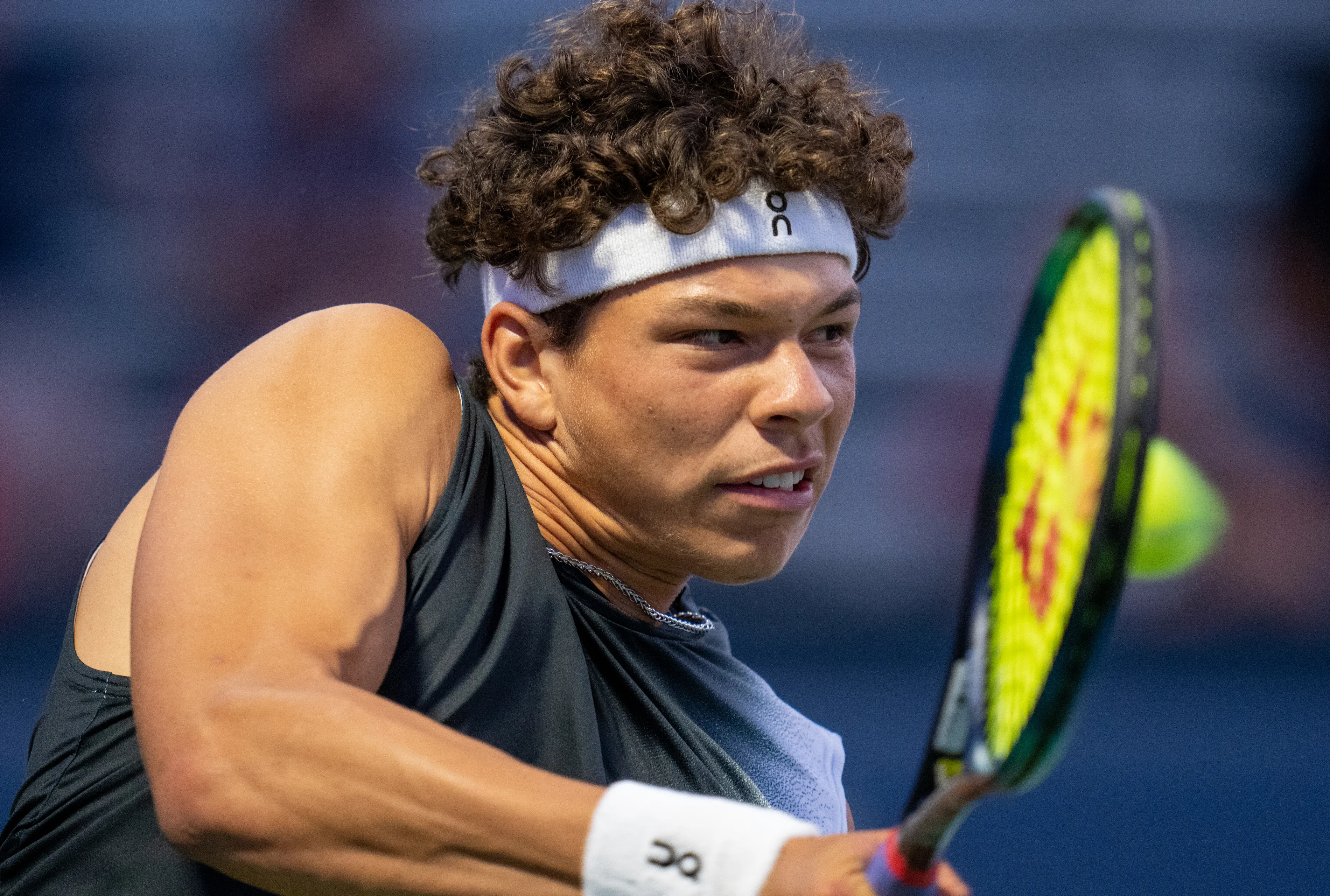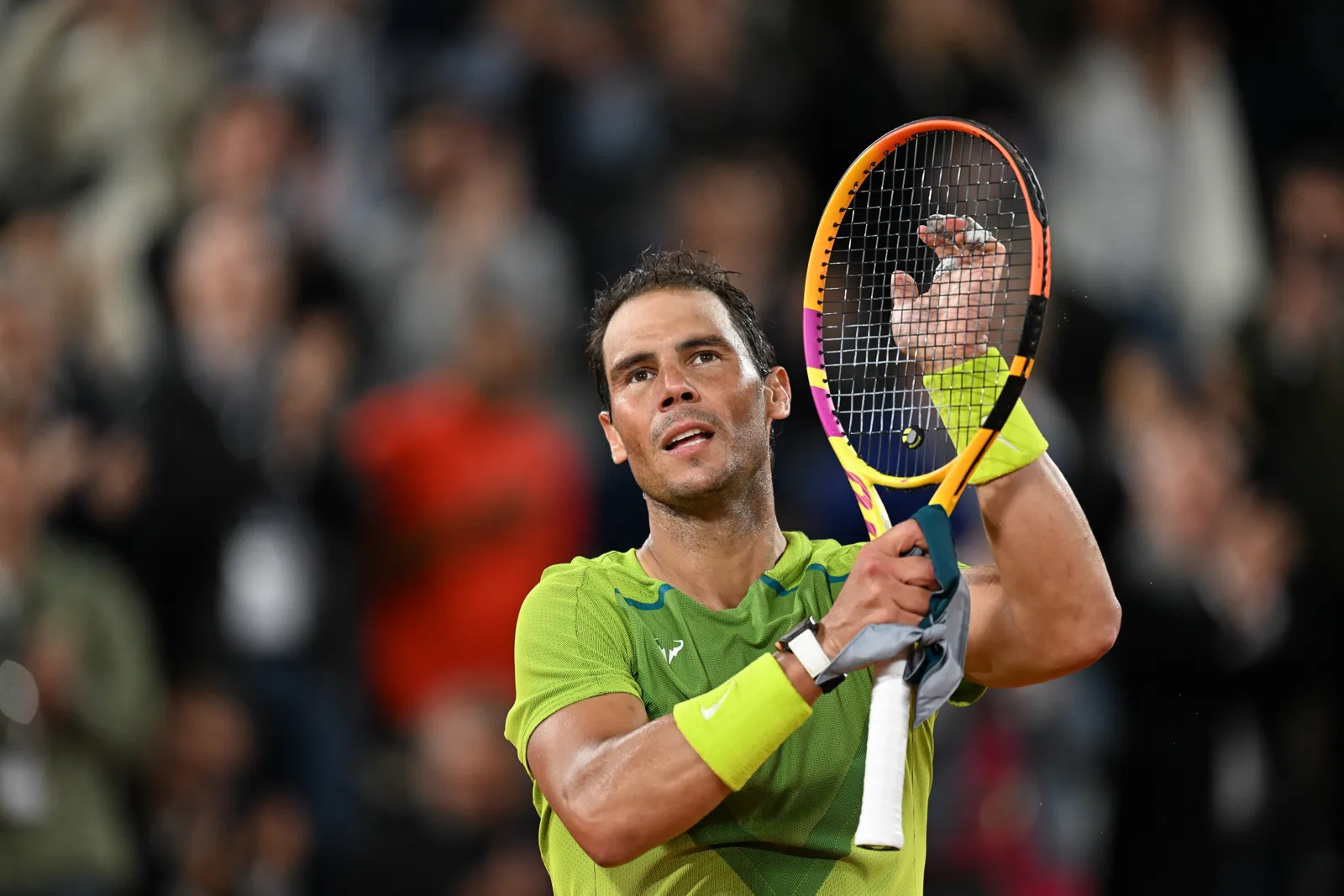
How does this budget-friendly Babolat polyester stack up to its better-selling sibling, RPM Blast?
RPM Hurricane was formerly known as Pro Hurricane Tour, a string that in fact pre-dated RPM Blast. This string was popular amongst amateurs and professionals alike, particularly in the 2000s, with Babolat Pure Drive spokesperson Andy Roddick perhaps being the most notable.
Interestingly, while Rafael Nadal was reported to be endorsing Pro Hurricane Tour at the time, he was likely using a far older Babolat String from the 1990s: Duralast. However, it’s worth noting some examples of Nadal’s personal rackets from the late 2000s, which were some of his most successful season on the ATP Tour, were strung with what appeared to be Pro Hurricane Tour.
On the surface, RPM Hurricane doesn’t seem vastly different to RPM Blast. Both are low-powered polyesters of the same line, with the same focus on control and even the same octagonal shape. And it’s for these similarities that RPM Hurricane is a string worth trying for club players.
Read also
RPM Hurricane may not offer quite the same access to spin as RPM Blast, but it does offer the same high degree control and durability, and in fact some playtesters report a “crisper” feel from Hurricane that makes it a better option for all-around play.
Another crucial difference between the two strings is the comparatively forgiving feel of RPM Hurricane, making it a good option for club players that want to avoid potential arm injuries from the harsher RPM Blast.
In fact, both playtests and lab tests report the lower stiffness of Hurricane. The release of RPM Blast and subsequent rebrand of Pro Hurricane Tour after 2010 also means RPM Hurricane is available at a lower price, making it a cost-effective choice for those seeking a polyester string from a premium tennis brand like Babolat.
Read also
Loading







